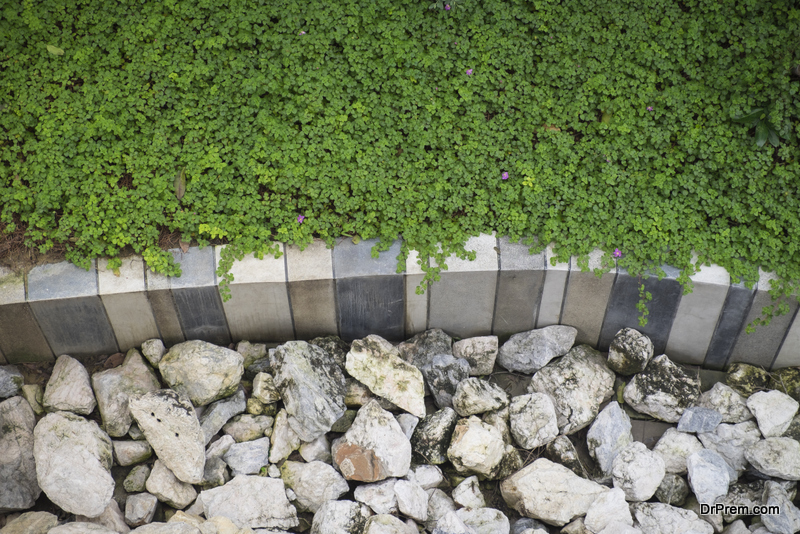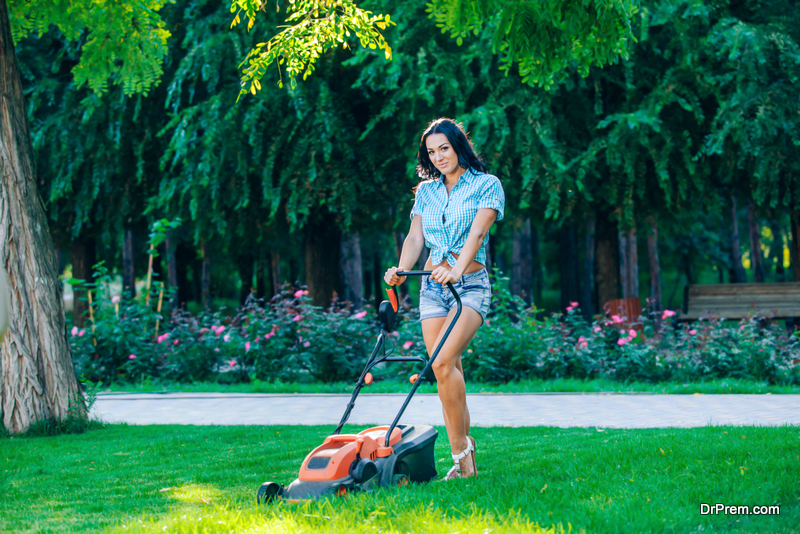Your home’s landscaping may be natural, but that doesn’t necessarily mean it’s sustainable. To be an environmentally-conscious homeowner, you have to make smart choices with what you plant and how you care for your property.
4 Eco-Friendly Landscaping Ideas
Landscaping choices are highly personal. Every homeowner has unique circumstances, goals, and preferences. However, if there’s one thing we can all agree on, it’s that landscaping should benefit the local environment. Sadly, this isn’t always true.
Many of today’s perfectly-manicured lawns and overly-treated landscapes actually have a negative influence on the surrounding ecosystems. From the types of plants that are selected to the ways in which we sustain these plants, poor processes and lazy habits are producing artificially beautiful environments that will eventually leave future generations with a mere shadow of the real thing.
Your property is just one little slice in a much larger pie, but it makes a difference. When we all work together, we can make a collective difference. Here are a few eco-friendly landscaping suggestions to encourage progress:
1. Select Native Plants
 Native plants – which are plants that naturally occur in the region in which they’re evolved – play a valuable role in modern landscaping. Birds, insects, and people depend on them to live and flourish.
Native plants – which are plants that naturally occur in the region in which they’re evolved – play a valuable role in modern landscaping. Birds, insects, and people depend on them to live and flourish.
The best thing homeowners can do is plant more native plants. This attracts native wildlife and creates an environment in which the native ecosystem is allowed to prosper.
2. Have a Master Plan
Landscaping isn’t something that should be done haphazardly. If you’re going to take the time to care for your property, you need a master plan. It doesn’t have to be an incredibly detailed or intensive plan, but some broad strategies are wise.
For example, it’s important to consider tree placement when planting. A failure to do so could have a negative impact on surrounding plants in years and decades to come.
“Think about your available space and nearby trees, shrubs, or plants. Over time, the tree’s root system will attempt to establish itself, so it’s essential to provide enough space for both new and existing plants,” Friendly Tree Service explains. “This will ensure that they don’t have to compete for water and nutrients.”
Obviously, you can’t foresee everything that will happen in the future. However, a proactive approach will always yield superior results.
3. Use Hardscapes
 In some situations, hardscaping is greener than traditional landscaping. Permeable pavers, for example, are preferred to concrete drives and walkways because they allow water to flow into the ground, rather than being diverted into drains, sewers, and bodies of water.
In some situations, hardscaping is greener than traditional landscaping. Permeable pavers, for example, are preferred to concrete drives and walkways because they allow water to flow into the ground, rather than being diverted into drains, sewers, and bodies of water.
Hardscapes also requires less maintenance and watering. This makes them far more sustainable than thirsty lawns that require regular watering during dry periods.
4. Collect and Maximize Water
Water is a necessary ingredient for a healthy lawn, thriving plants, and flourishing gardens. And while there are wet periods, there are inevitably dryer periods where you have to use a garden hose or irrigation system to keep landscaping satiated. But what if you could find ways to maximize the wet periods so that they offset the dry ones?
Savvy homeowners actually install systems to collect rainwater that runs out of gutters so that it can be used to water their lawn and plants during dryer periods. These systems are relatively easy to set up and can save you a considerable amount of money in the process. You can purchase any number of commercial rainwater harvesting products, or you can even make your own with a few simple parts and some basic DIY knowledge.
Become a Greener Homeowner
 Eco-friendly landscaping is just one aspect of being a green homeowner – but it’s an important one. Pay careful attention to the decisions you’re making (or not making) and reassess the impact they’re having on your property, as well as the surrounding ecosystem. It takes a collective effort to make a difference, but you can play an important role.
Eco-friendly landscaping is just one aspect of being a green homeowner – but it’s an important one. Pay careful attention to the decisions you’re making (or not making) and reassess the impact they’re having on your property, as well as the surrounding ecosystem. It takes a collective effort to make a difference, but you can play an important role.
Article Submitted By Community Writer


